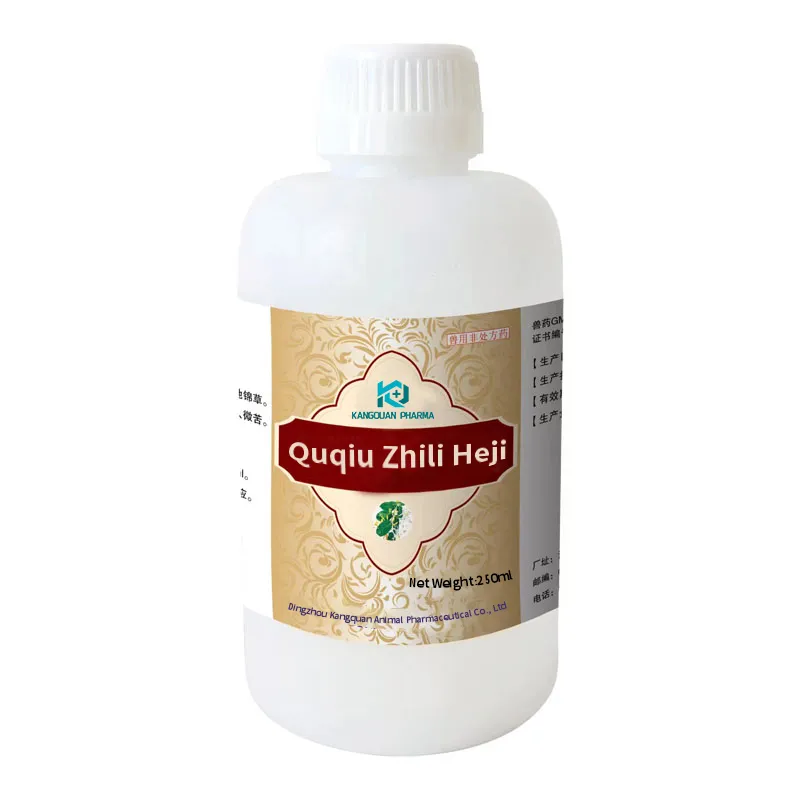- Afrikaans
- Albanian
- Amharic
- Arabic
- Armenian
- Azerbaijani
- Basque
- Belarusian
- Bengali
- Bosnian
- Bulgarian
- Catalan
- Cebuano
- Corsican
- Croatian
- Czech
- Danish
- Dutch
- English
- Esperanto
- Estonian
- Finnish
- French
- Frisian
- Galician
- Georgian
- German
- Greek
- Gujarati
- Haitian Creole
- hausa
- hawaiian
- Hebrew
- Hindi
- Miao
- Hungarian
- Icelandic
- igbo
- Indonesian
- irish
- Italian
- Japanese
- Javanese
- Kannada
- kazakh
- Khmer
- Rwandese
- Korean
- Kurdish
- Kyrgyz
- Lao
- Latin
- Latvian
- Lithuanian
- Luxembourgish
- Macedonian
- Malgashi
- Malay
- Malayalam
- Maltese
- Maori
- Marathi
- Mongolian
- Myanmar
- Nepali
- Norwegian
- Norwegian
- Occitan
- Pashto
- Persian
- Polish
- Portuguese
- Punjabi
- Romanian
- Russian
- Samoan
- Scottish Gaelic
- Serbian
- Sesotho
- Shona
- Sindhi
- Sinhala
- Slovak
- Slovenian
- Somali
- Spanish
- Sundanese
- Swahili
- Swedish
- Tagalog
- Tajik
- Tamil
- Tatar
- Telugu
- Thai
- Turkish
- Turkmen
- Ukrainian
- Urdu
- Uighur
- Uzbek
- Vietnamese
- Welsh
- Bantu
- Yiddish
- Yoruba
- Zulu
10 月 . 19, 2024 06:50 Back to list
Gentamicin Sulfate and Its Applications in Modern Medicine and Treatment Protocols
Gentamicin Sulfate An Overview
Gentamicin sulfate is an antibiotic belonging to the aminoglycoside class, widely used in medicine to treat various bacterial infections. It was first discovered in the late 1960s and has since become a critical component in the therapeutic management of infections, particularly those caused by Gram-negative bacteria. Its effectiveness, coupled with a relatively low cost, has established gentamicin as a mainstay in both human and veterinary medicine.
Mechanism of Action
Gentamicin works by inhibiting bacterial protein synthesis. It binds to the 30S ribosomal subunit of bacteria, disrupting the reading of mRNA and preventing the production of proteins essential for bacterial growth and reproduction. This action ultimately leads to the death of the bacteria. Gentamicin is particularly effective against aerobic Gram-negative organisms such as Pseudomonas aeruginosa, Escherichia coli, and Klebsiella species. It is also used against certain Gram-positive bacteria, although its effectiveness is generally less than that of other antibiotics.
Indications and Uses
Gentamicin sulfate is primarily indicated for severe infections caused by susceptible organisms. It is commonly employed in treating serious urinary tract infections, respiratory tract infections, and infections of the skin and soft tissues. Gentamicin is often used in combination with other antibiotics to enhance efficacy, especially in severe infections where multi-drug resistance may be a concern.
In addition to human medicine, gentamicin sulfate is also utilized in veterinary medicine to treat infections in animals. Its application in livestock and pets underscores its versatility as an antibiotic.
Administration and Dosage
gentamicine sulfate

Gentamicin sulfate can be administered through various routes, including intramuscular injection, intravenous infusion, and topical application. The choice of administration route depends on the type and severity of the infection. Dosage adjustments may be necessary based on the patient's age, weight, kidney function, and the severity of the infection.
Due to its potential for toxicity, particularly nephrotoxicity and ototoxicity, careful monitoring is necessary during treatment. Healthcare providers often perform regular kidney function tests to assess the patient's safety while using gentamicin.
Side Effects and Precautions
Like all medications, gentamicin sulfate can cause side effects. The most significant risks include kidney damage and hearing loss, particularly when used at high doses or for extended periods. Other side effects may include dizziness, balance issues, and allergic reactions. Because of these risks, gentamicin is typically prescribed when other, less harmful antibiotics are not appropriate.
Patients with preexisting kidney conditions, those on concurrent nephrotoxic medications, or those requiring long-term therapy should be closely monitored to mitigate risks.
Conclusion
Gentamicin sulfate remains a powerful tool in the fight against bacterial infections. Its broad spectrum of activity, effectiveness against resistant organisms, and ease of use contribute to its continued relevance in clinical practice. However, due caution must be exercised to prevent potential adverse effects, ensuring that its benefits far outweigh any associated risks. As resistance patterns evolve and new therapeutic challenges arise, ongoing research and responsible antibiotic stewardship will be paramount in optimizing the use of gentamicin and safeguarding its efficacy for future generations.
-
The Power of Radix Isatidis Extract for Your Health and Wellness
NewsOct.29,2024
-
Neomycin Sulfate Soluble Powder: A Versatile Solution for Pet Health
NewsOct.29,2024
-
Lincomycin Hydrochloride Soluble Powder – The Essential Solution
NewsOct.29,2024
-
Garamycin Gentamicin Sulfate for Effective Infection Control
NewsOct.29,2024
-
Doxycycline Hyclate Soluble Powder: Your Antibiotic Needs
NewsOct.29,2024
-
Tilmicosin Premix: The Ultimate Solution for Poultry Health
NewsOct.29,2024













